Weird particle physics stories that blew our minds in 2023
Here are 11 major updates that happened this year in the field of particle physics.
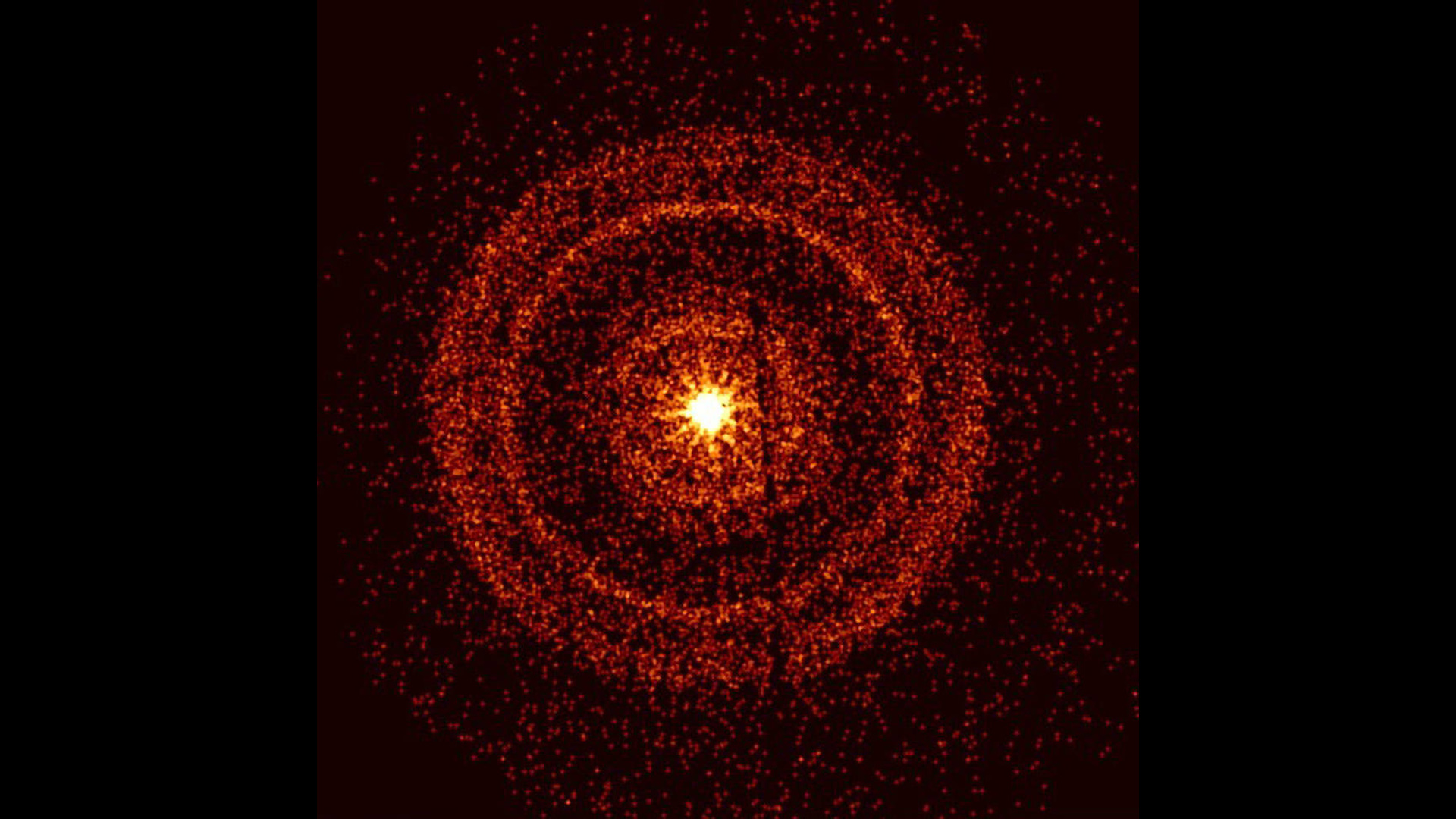
The past year was a big win for particle physics, as experiments and nature conspired to produce some truly stunning results. Here are the biggest stories about the smallest particles from 2023.
1. Here comes the sun goddess
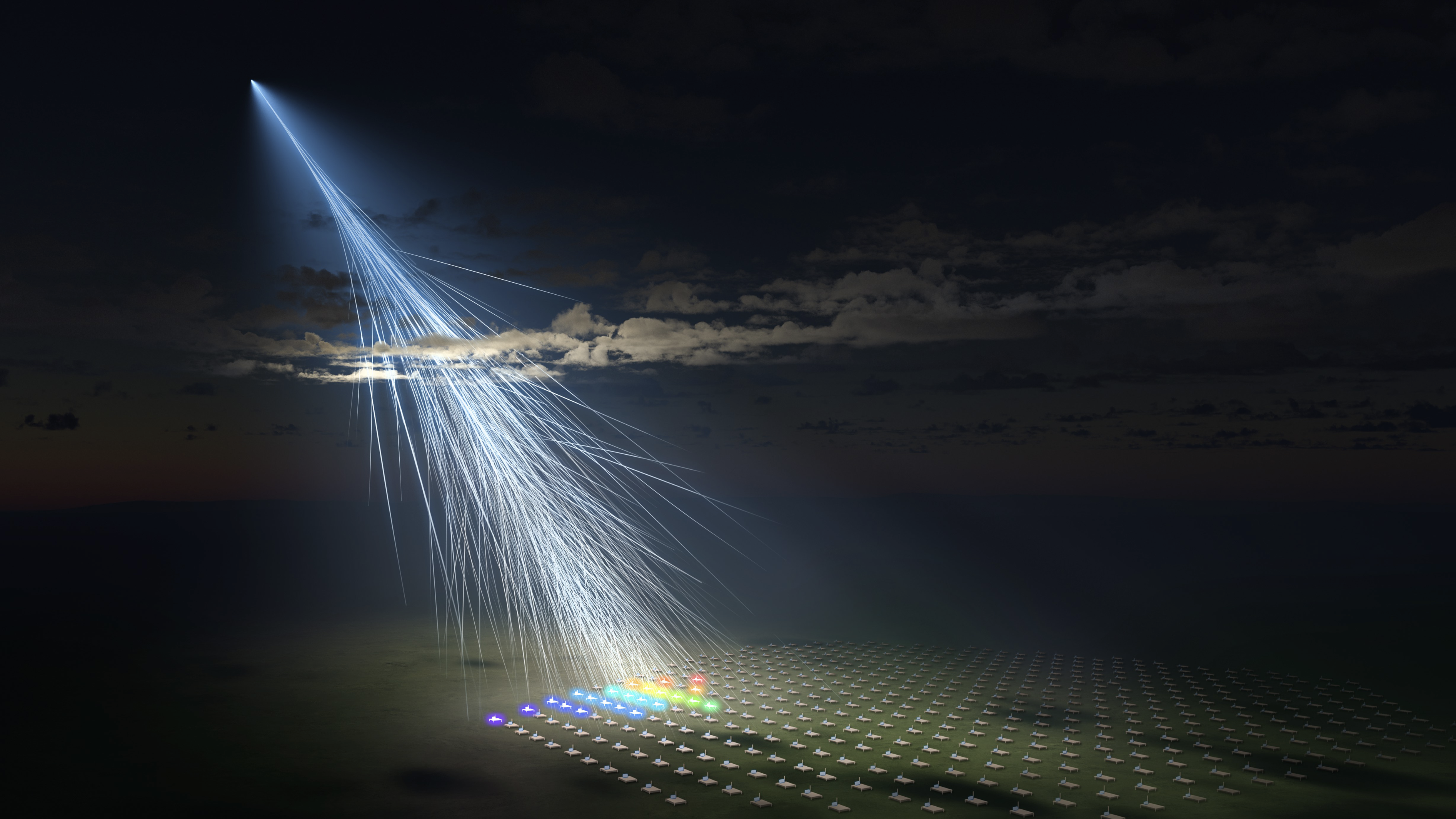
In 1992, astronomers were stunned to discover what they later named the Oh-My-God particle, a cosmic ray streaking into Earth's atmosphere with a blistering 320 exa-electron-volts (EeV) of energy. On a human scale, that's not a big number — roughly the energy of a dropped basketball hitting the ground. But for subatomic particles, it's gigantic, far outpacing even our most powerful collider experiments. And this past year, the OMG particle got a partner: a 240 EeV particle dubbed Amaterasu, named after the goddess of the sun in Japanese mythology. Discovered with the Telescope Array Project in Utah, the new particle joins a rarefied list of ultra-relativistic high-energy cosmic rays. These rare particles come from the most energetic events in the universe but are ultimately mysterious. For example, Amaterasu appeared to come from the direction of the Local Void, a big batch of nothing in our cosmological neighborhood.
Read more here: High-energy 'sun goddess' particle opens possibilities for new physics, exciting scientists
2. Who you gonna call? Ghost particles
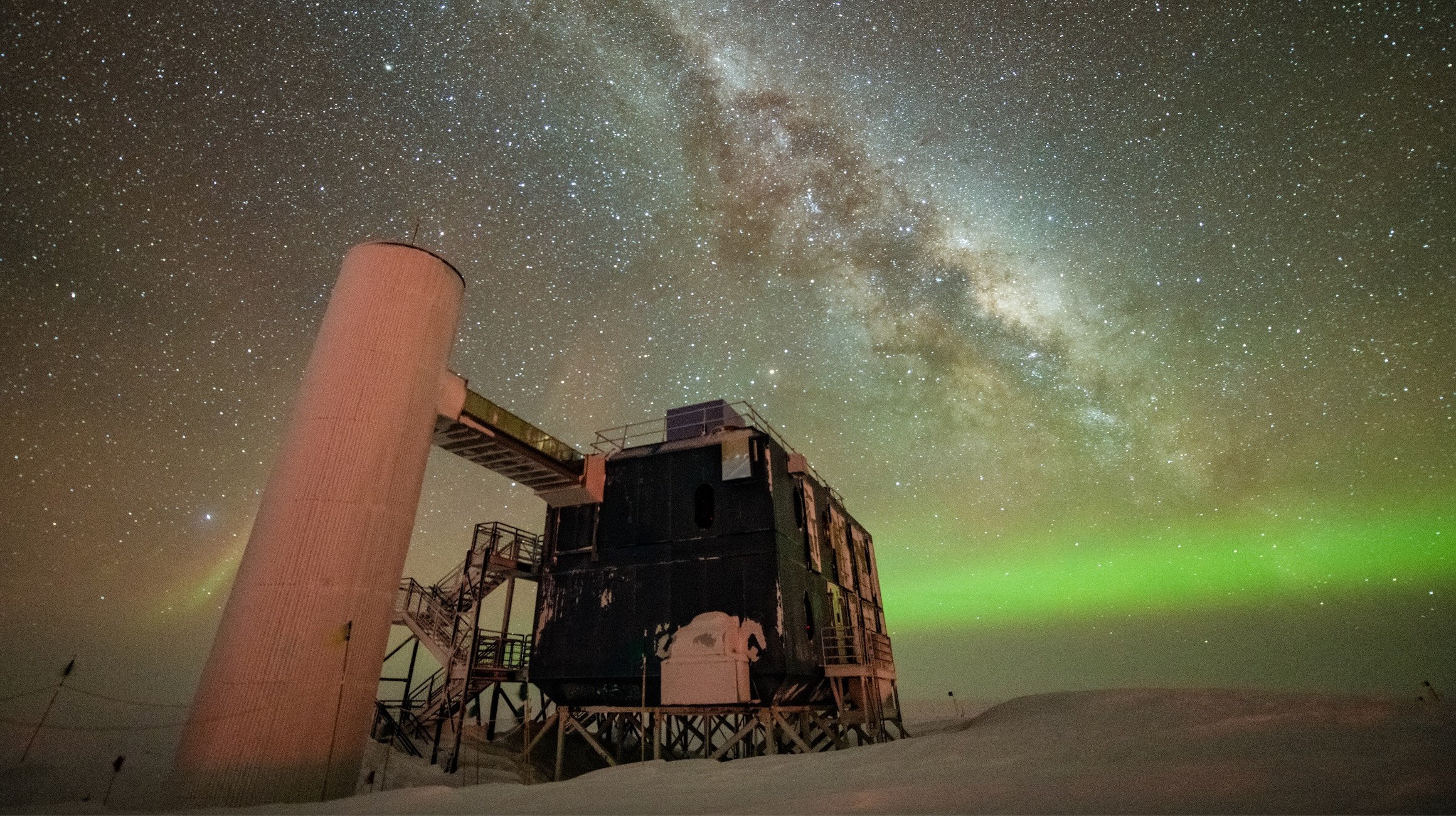
Astronomers around the world are on the hunt for neutrinos. These "ghost particles" are produced in all sorts of nuclear and high-energy reactions, but they hardly ever interact with normal matter. So, to catch neutrinos, astronomers have turned to massive observatories, like the IceCube Neutrino Observatory, which turns an entire cubic kilometer of the Antarctic ice sheet into a neutrino detector. Using that sensitive instrument, this year astronomers announced that our own Milky Way galaxy is producing neutrinos by the bucketful. While we've long known that other, more distant galaxies produce copious amounts of neutrinos, this was the first direct evidence that our galaxy does, too, thus opening up a brand-new pathway in neutrino science.
Read more here: Scientists find 'ghost particles' spewing from our Milky Way galaxy in landmark discovery (video)
3. Feel the beat
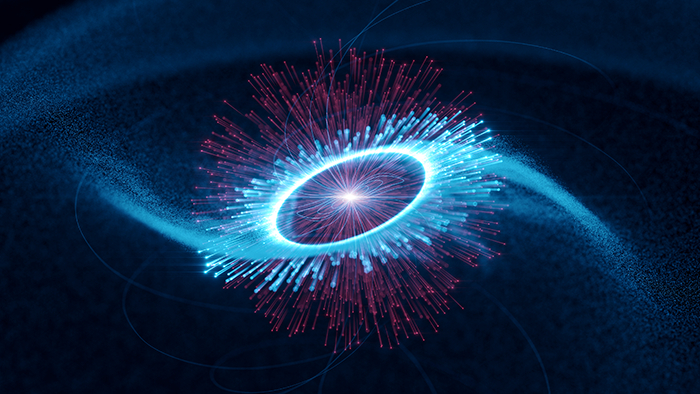
Pulsars are already known to be amazing objects. They're formed from neutron stars, which are the leftover cores of dead stars. They can compress several times the mass of the sun into a volume no bigger than a city. The fastest ones spin faster than your kitchen blender. Sometimes, they shoot out beams of radiation, and when those beams happen to wash over Earth, we call them pulsars. This year, astronomers added another superlative: the most energetic gamma-ray photons ever detected from a pulsar. Using the High Energy Stereoscopic System observatory in Namibia, the astronomers saw the photons coming from a pulsar located about 1,000 light-years away in the direction of the constellation Vela. A single photon at these energies is over 2 million times more powerful than the photons associated with a typical solar flare — so it's a good thing they were generated so far away.
Read more here: Pulsar surprises astronomers with record-breaking gamma-rays
Get the Space.com Newsletter
Breaking space news, the latest updates on rocket launches, skywatching events and more!
4. And now, the BOAT
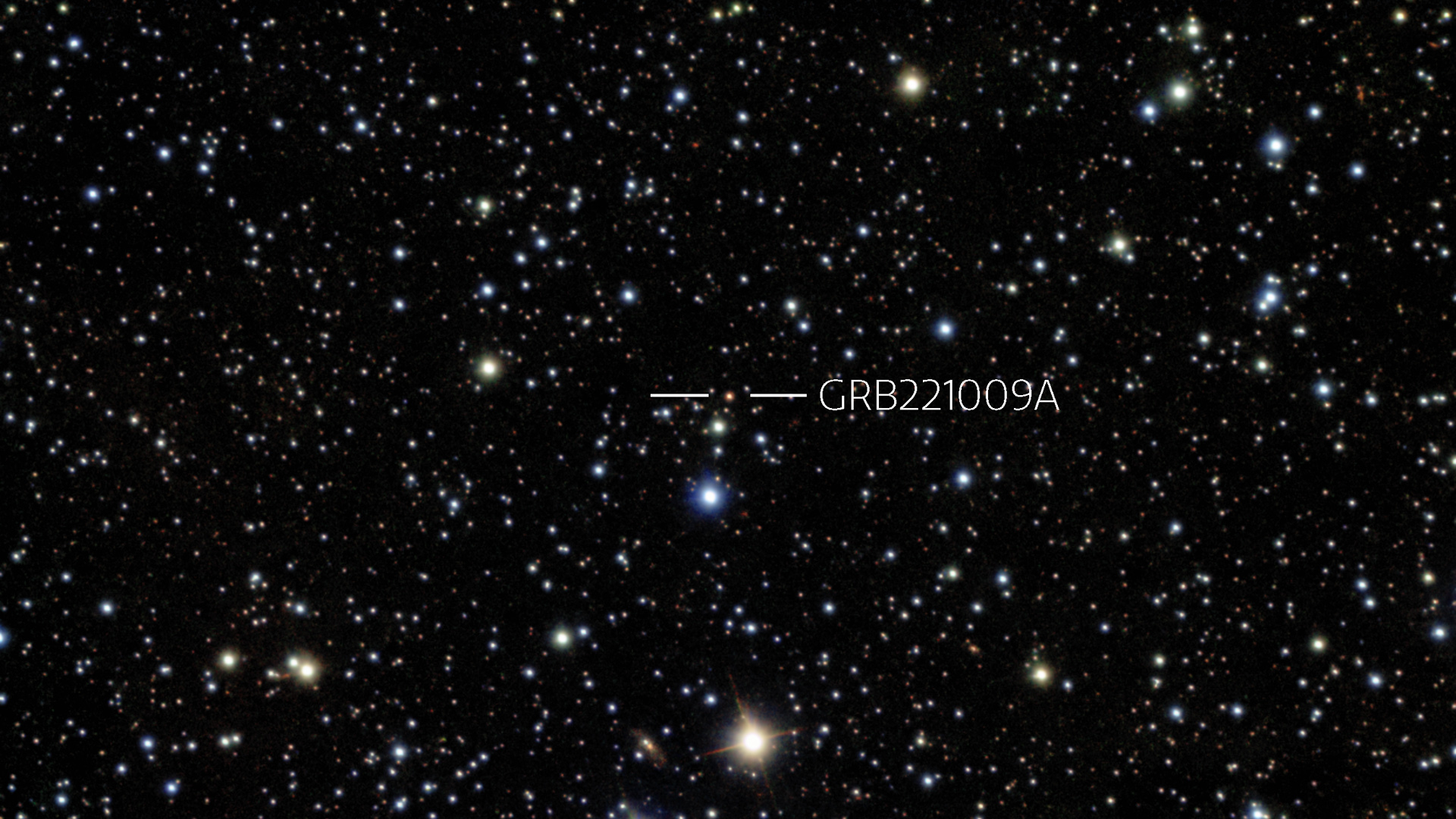
Speaking of gamma-rays, pulsars aren't the only astronomical object capable of blasting them out. In fact, some explosions are so intense that they're known appropriately as gamma-ray bursts. In 2022, astronomers observed the brightest gamma-ray burst ever seen, which they dubbed the "BOAT," for "brightest of all time." And in 2023, a different team of astronomers determined that the BOAT, which originated in a galaxy behind the Milky Way, was powerful enough to disturb the upper layer of Earth's atmosphere. The intense radiation affected the ionosphere, which sits between an altitude of 31 and 217 miles (between 50 and 350 kilometers). The effect wasn't very big, but the fact that there was any effect at all is surprising, the team said.
Read more here: Record-breaking 'BOAT' gamma-ray burst managed to disturb Earth's atmosphere
5. Antigravity doesn't exist
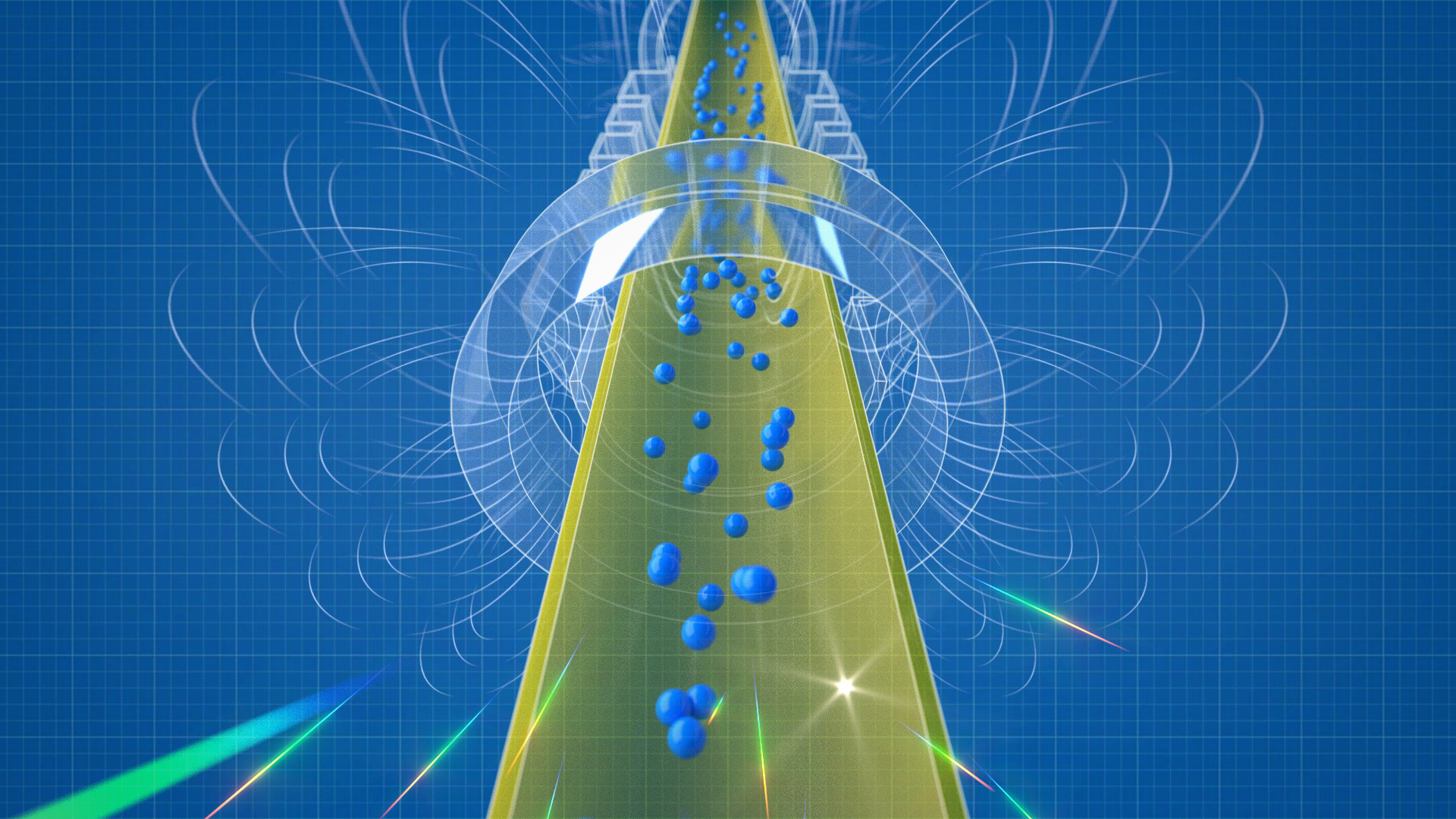
Antimatter is just like normal matter, except it has an opposite charge. For example, a positron has the same mass and spin as an electron, but has a positive charge rather than a negative one. First discovered in the early 20th century, antimatter is a major cornerstone of theoretical physics. But besides the charge, just how identical are antimatter and normal matter? This year, physicists determined that, yup, it all acts the same, especially in response to gravity.
General relativity says that antimatter and matter should behave exactly the same, but no conclusive tests had been performed until this year. It's not exactly a surprising result, but it's good to check these kinds of things off the list. After all, nature has plenty of surprises for us, and you never know where you might find them.
Read more here: Antimatter responds to gravity like Einstein predicted, major CERN experiment confirms
6. The neutrino factory
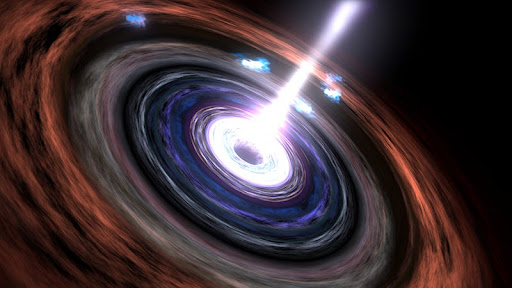
Neutrinos come in all sorts of energies and from a variety of exotic sources. In 2023, astronomers learned of one more: giant black holes. The black holes themselves don't create neutrinos — after all, nothing can escape their gravitational clutches — but the gas swirling into their gaping maws certainly can. There, the plasma whips up to a healthy fraction of the speed of light and heats up to trillions of degrees. That's more than enough energy to produce all sorts of crazy particles, including neutrinos, which astronomers found constantly washing over Earth.
Read more here: These supermassive black hole jets may pelt Earth with 'ghost particles'
7. Dark matter mysteries
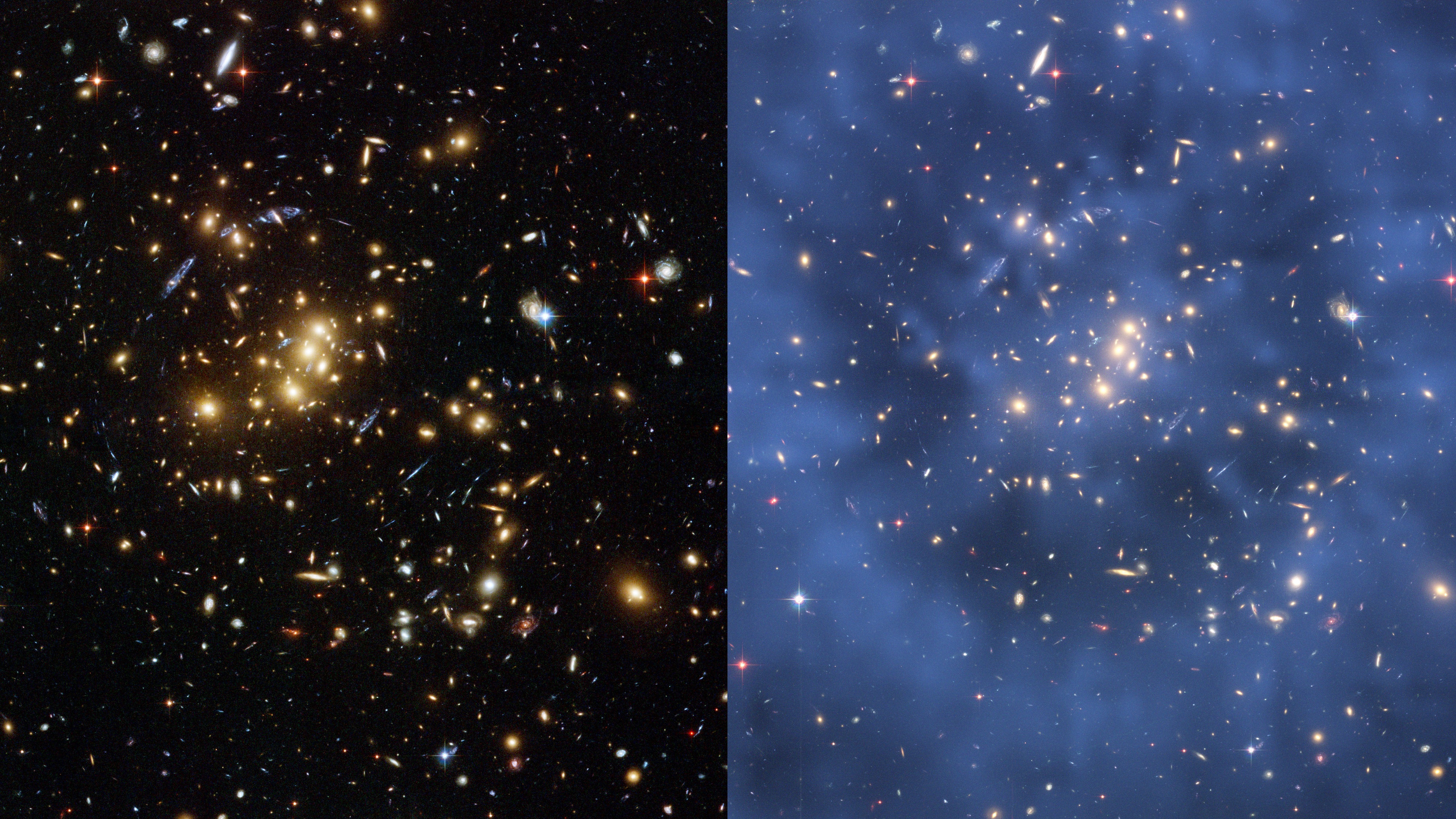
Most of the matter in the universe is a mysterious form of matter known as dark matter, which we can detect only indirectly via its gravitational influence on galaxies and the larger universe. There is no altered theory of gravity that can explain the results, so our current best guess is that dark matter is some sort of unknown particle.
Scientists have been searching for signs of this particle with detectors scattered around the world, and this year, the Super Cryogenic Dark Matter Search collaboration announced … that they haven't found it. This isn't a bad thing; the team did provide tighter constraints on what dark matter isn't, which helps narrow down future searches — but the hunt continues.
Read more here: We still don't know what dark matter is, but here's what it's not
8. When darkness consumes the light
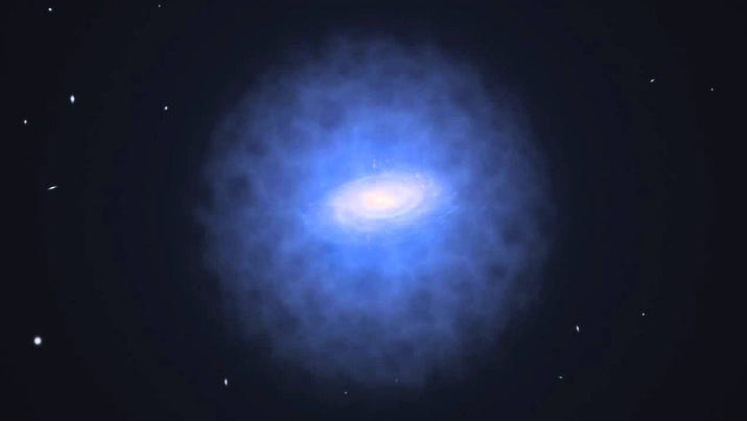
Dark matter is so mysterious that there may be whole new areas of physics that are currently invisible to us. For example, there could be a new, fifth force of nature that operates only among different kinds of dark matter particles. This force would need its own carrier, which has been dubbed the "dark photon," because that sounds really epic. This year, a team of physicists shed some light (pun intended) on how these dark photons might work and, more importantly, on how we might be able to detect them. Any theoretical insight here helps tremendously, as we need all the help we can get.
Read more here: Hypothetical 'dark photons' could shed light on mysterious dark matter
9. His dark(er) materials
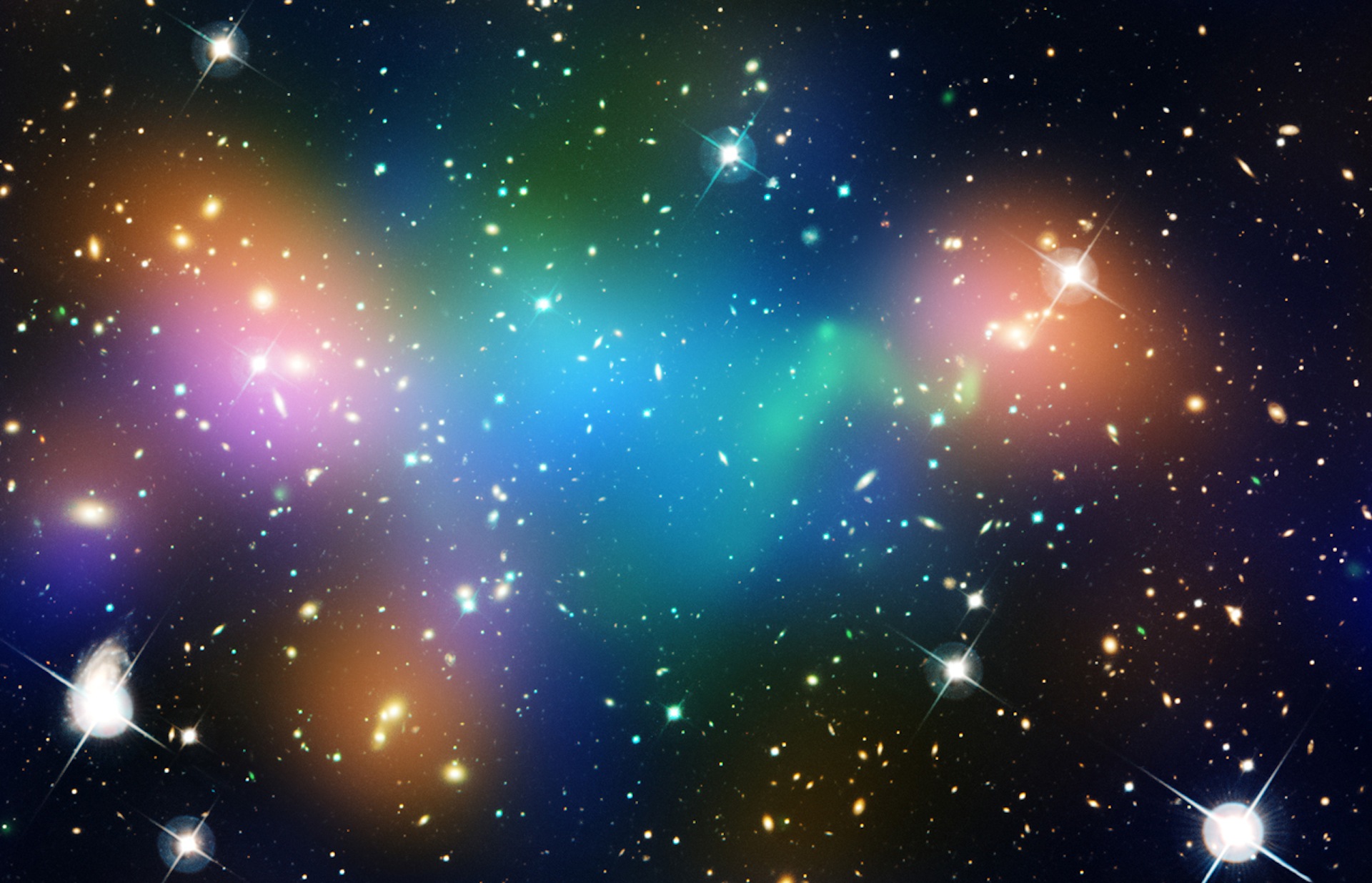
The world of dark matter can get even weirder. Not satisfied with just one kind of particle? A new force of nature not enough? Well, how about an entire dark periodic table, with different "species" of dark matter particles interacting in their own elaborate, invisible dance? This leads to a deeply hypothetical idea known as dark atoms, where dark matter particles bundle up together in the hearts of galaxies. According to new research this year, these dark atoms can go on to influence the rate of star production in their host galaxies — a potentially observable effect.
Read more here: Dark matter atoms may form shadowy galaxies with rapid star formation
10. Bubbletron mania
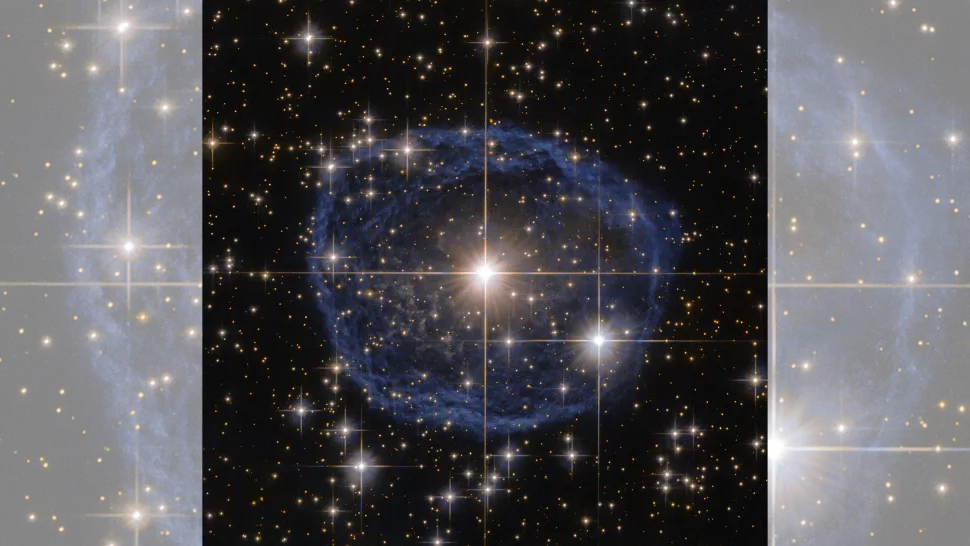
The early universe really knew how to throw a party. Within the first second after the Big Bang, the forces of nature split off from their united state, creating the cosmos that we know and love today. These "splittings" were violent and energetic, and they didn't happen all at once across the universe. As each force broke off, bubbles of the new reality formed, expanded and collided with each other. This year, physicists discovered that the colliding bubbles would make for excellent particle accelerators. Dubbed "bubbletrons," they just might be responsible for the creation of most of the particles we're familiar with.
Read more here: Giant 'bubbletrons' shaped the forces of the universe moments after the Big Bang
11. Runaway sun
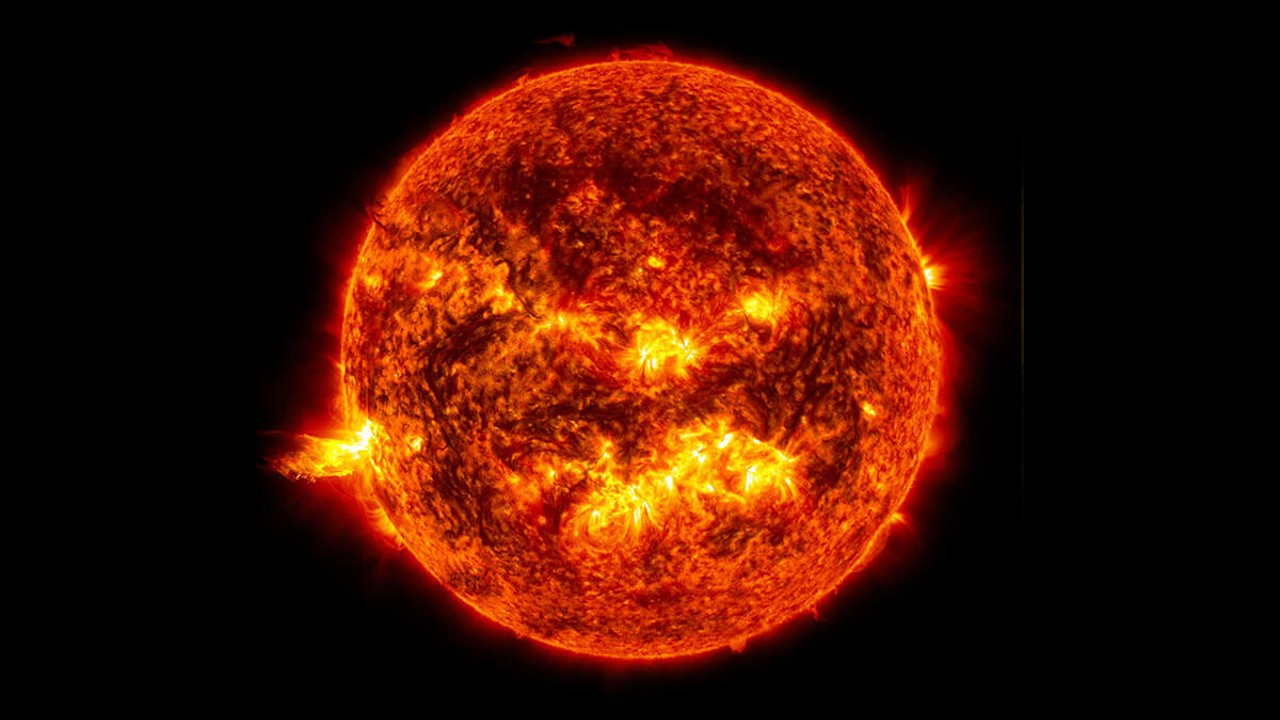
The sun is our closest star, so it's also our nearest laboratory for stellar physics. This year, using the High-Altitude Water Cherenkov Observatory in Mexico, astronomers discovered that our star is far more energetic than we previously thought. The sun is perfectly capable of generating excess gamma-rays, the highest-energy form of radiation. While that radiation doesn't harm us directly, it does show that there's still a lot to learn about the sun.
Read more here: Sun blasts out highest-energy radiation ever recorded, raising questions for solar physics
Join our Space Forums to keep talking space on the latest missions, night sky and more! And if you have a news tip, correction or comment, let us know at: community@space.com.

Paul M. Sutter is an astrophysicist at SUNY Stony Brook and the Flatiron Institute in New York City. Paul received his PhD in Physics from the University of Illinois at Urbana-Champaign in 2011, and spent three years at the Paris Institute of Astrophysics, followed by a research fellowship in Trieste, Italy, His research focuses on many diverse topics, from the emptiest regions of the universe to the earliest moments of the Big Bang to the hunt for the first stars. As an "Agent to the Stars," Paul has passionately engaged the public in science outreach for several years. He is the host of the popular "Ask a Spaceman!" podcast, author of "Your Place in the Universe" and "How to Die in Space" and he frequently appears on TV — including on The Weather Channel, for which he serves as Official Space Specialist.
-
Gibsense Reply
Heading: "Anti Gravity does not exist" as stated because (I suppose) antimatter produces normal gravity, not antigravity.Admin said:11 of the biggest stories about the smallest particles from 2023.
Weird particle physics stories that blew our minds in 2023 : Read more
However, bearing in mind gravity is a shape in space, depicted often as a depression in a rubber sheet, maybe we could stretch the analogy to produce a hump (opposite to a depression). Thought experiments can be fun so ... how might a hump be caused?
Perhaps a spinning object where the spin exceeds some physical boundary (unknown to us) such as that part of space becomes detached and can move back in time (opposite direction) so that its gravity well is a hump in our 'normal space'.
Just a bit of fun
Maybe, lol









